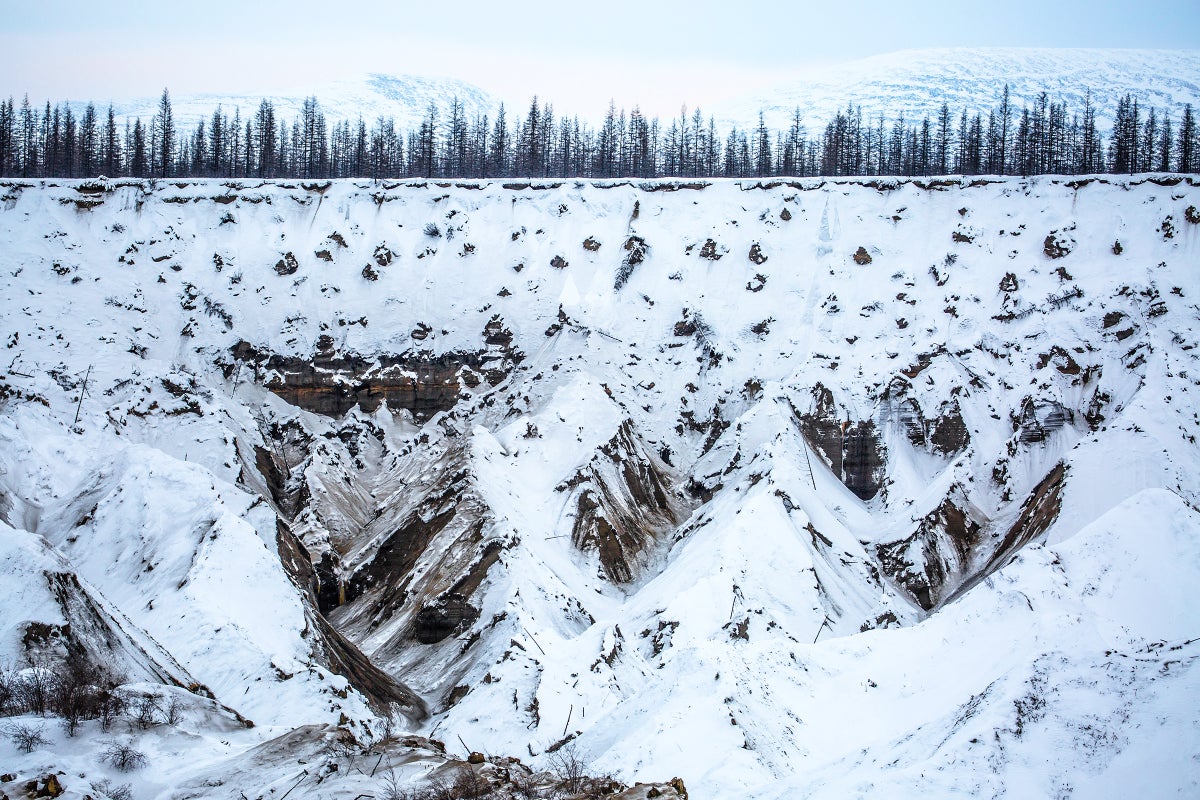@Cthulhu.Science , old microbes should still be recognized by our immune systems - in contrast to mirror ones, which realistically could destroy all higher life on our planet, and in ~20 years should be relatively easy to synthesize (e.g. in some terrorist lab, AGI to get rid of humans, etc.) ...
From one side they might be crucial for Fermi paradox ... from the other:
is there a way to avoid it for our civilization?
I highly recommend this report from the top of synthetic life specialists (
Technical Report on Mirror Bacteria: Feasibility and Risks ), at least reading its below Table of Contents ... which can be directly used for a horror story, the last of us on steroids ... and seems unavoidable (?) in ~20 years ...
Chapter 2: Pathways to Mirror Life 26
2.1 Advances in chemistry permit the synthesis of mirror biomolecules with diverse applications 28
2.2 Progress in synthetic biology could allow the assembly of a mirror bacterium from non-living mirror components 33
2.3 A natural-chirality bacterium might be converted into a mirror bacterium in a stepwise fashion 41
2.4 Other approaches to creating mirror bacteria are plausible 50
2.5 The feasibility of mirror life will increase as related technologies advance 51
Chapter 3: Engineering, Biosafety, and Biosecurity of Mirror Bacteria 54
3.1 The creation of any mirror bacterium could enable the generation of diverse mirror bacterial strains and species and their modification by routine genetic engineering 55
3.2 Biocontainment approaches might reduce accident risk, but they would face challenges 60
3.3 Creating robustly biosecure mirror bacteria is not feasible 62
Chapter 4: Risks to Human Health 65
4.1 Innate immune detection of mirror bacteria could be significantly impaired 67
4.2 Mirror bacteria would likely be resistant to most innate immune responses 72
4.3 Adaptive immunity to mirror bacteria would likely be impaired 81
4.4 Mirror bacteria could plausibly pass barrier surfaces and translocate into the bloodstream and tissues 91
4.5 Mirror bacteria could plausibly replicate in blood and cause lethal systemic infection 98
Chapter 5: Medical Countermeasures 107
5.1 New antimirror compounds could be developed to target mirror bacteria, but most existing antibiotics would not function 108
5.2 Conjugate vaccines could plausibly be developed against mirror bacteria 113
5.3 The efficacy of other countermeasures against mirror bacterial infection is unclear 116
Chapter 6: Animal Infection 119
6.1 Vertebrate susceptibility to mirror bacterial infection would likely be similar to that of humans 120
6.2 Many invertebrates would likely be susceptible to mirror bacteria 123
Chapter 7: Plant Infection 134
7.1 Mirror bacteria are likely to evade plant innate immunity 135
7.2 Mirror bacteria could plausibly establish chronic local infections within leaves and roots 138
7.3 The extent to which mirror bacteria could spread through and colonize plant vascular tissue is unclear 145
7.4 Countermeasures for agricultural plants 151
Chapter 8: Environmental Survival and Spread 156
8.1 Mirror bacteria would be inherently resistant to many biological controls 157
8.2 Mirror bacteria could colonize natural environments outside of multicellular hosts 165
8.3 Invasive mirror bacteria could rapidly disperse through the environment 175
8.4 Invasive mirror bacteria could rapidly evolve and diversify 178
8.5 Invasive mirror bacteria could cause irreversible ecological harm 181
8.6 Countermeasures to invasive mirror bacteria might lessen but would not halt the ecological damage 187
Update: Personally, the only realistic way I see to prevent that, is (if possible) learning to send information back in time - to know earlier details of e.g. escaped mirror bacteria, making physics should prevent such catastrophic scenarios:
Consequences/applications of "negative time evidence" article in the news, like time-loop computers breaking most of current ciphers?


